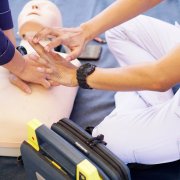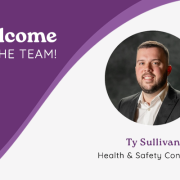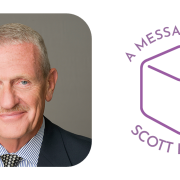
Although we have been in the Health and Safety business for over forty years, we rarely get asked to look at office safety issues. While there is a perception that offices are relatively safe places to work, there are still plenty of ways for people to get hurt. These are some of the common hazards office workers are exposed to and some suggestions as to what you can do to stop them from getting injured.
Office Ergonomics
Generally, the number one area that safety hazard that “office type exposures” are interested in is “office ergonomics”. This is a term that is generally, widely misunderstood. Strictly speaking ergonomics is the science of designing the workstation to fit within the capabilities and limitations of the worker. In our interpretation, it is the way workspaces are set up to prevent eye strain, back, wrists and elbow strains. All these are related to the worker not properly “fitting” their work environment. This is generally the result of the “one size fits all” office furniture and that is anything but the case. The goal of office ergonomics is to make sure employees are in a “body neutral position.” The key is to adjust workstations to accommodate workers of different sizes, shapes, and form.
Break up the Routine
Taking frequent breaks from repetitive work with stretching exercises helps increase blood flow, prevent stiffness in joints, and stretch muscles that are otherwise over or underused. We often recommend that companies start the day with some basic stretching exercises that have been designed by a physical therapist, that are specific to the tasks of that group of workers and take breaks every few hours to get people up and moving around.
Prevent Accidents
People who work in office buildings are still susceptible to slips, trips, and falls that can cause injuries and result in workers’ comp claims. People routinely slip and fall in parking lots during the winter months in snowy and icy conditions – that’s why it’s so important for companies to implement a comprehensive ice and snow management plan that includes plowing and snow blowing all parking areas, steps and sidewalks to make sure they are free of snow and to also spread sand, salt or ice melt on walkways and shovel clear paths. In some cases, we have had clients remove trees that block the sun from hitting the parking lots so the sun can get at the pavement and help melt the ice and snow.
However, winter isn’t the only time trips and falls occur. Tripping on cracks in sidewalks, broken steps, or missing bricks can happen at any time of year. Companies should fix damaged walkways quickly, and put out warning signs, paint surfaces and curbs where they may be “hard to see” steps or elevation changes so employees see the hazards before they get hurt.
Provide Proper Training
Even in offices, people can get hurt when they are lifting heavy items. For example, when employees lift boxes of paper or move desks and other furniture, there is always a risk of sprains or strains. Use of proper equipment and proper lifting techniques where possible can help prevent injuries.
Bring in a Professional
Consulting a health and safety professional can help decrease these risks, reduce injuries and lower the cost of your workers’ comp. Together with training programs, frequent breaks for stretching, and proper office ergonomics, companies can make their offices safer for employees which will ultimately reduce the chances for workers getting injured which will increase productivity and help reduce the cost of workers’ comp premiums.
About The Lawson Group
Since 1978, The Lawson Group has been in the “White Horse” business. That is to say, we help companies do things that are ultimately beneficial for them that they are sometimes unaware of. Our first endeavor was worker health and safety, mostly related to OSHA compliance issues, focusing on the industrial hygiene side of that equation regarding chemicals and noise, indoor air quality, and lead and asbestos in the workplace. Since becoming a third-party administrator in 1994, we now manage the workers’ comp programs for over 300 New Hampshire employers. In 2000, we entered the employee wellness business. Our primary effort is to work with employers and their employees to make better use of their health insurance dollars by working to help them become healthier and better consumers of healthcare. We welcome your inquiries regarding our services. Contact us to learn more.





